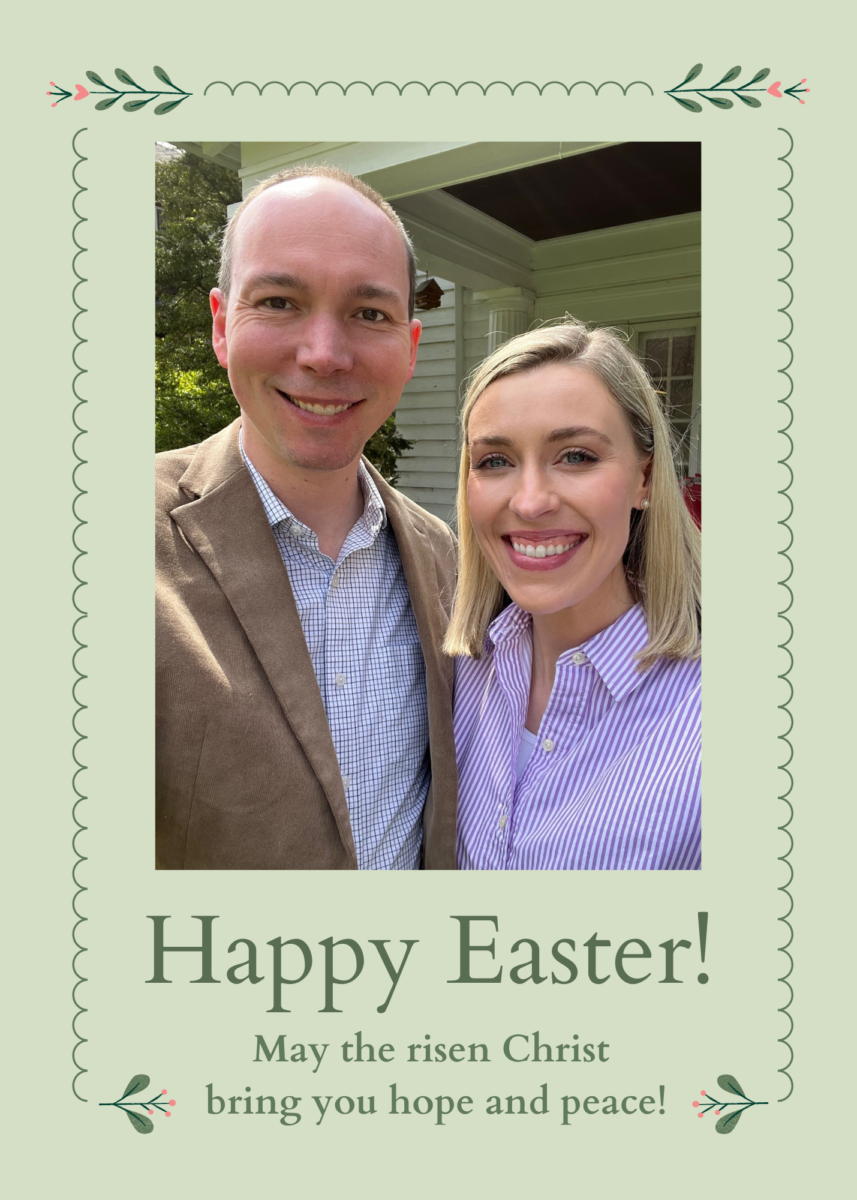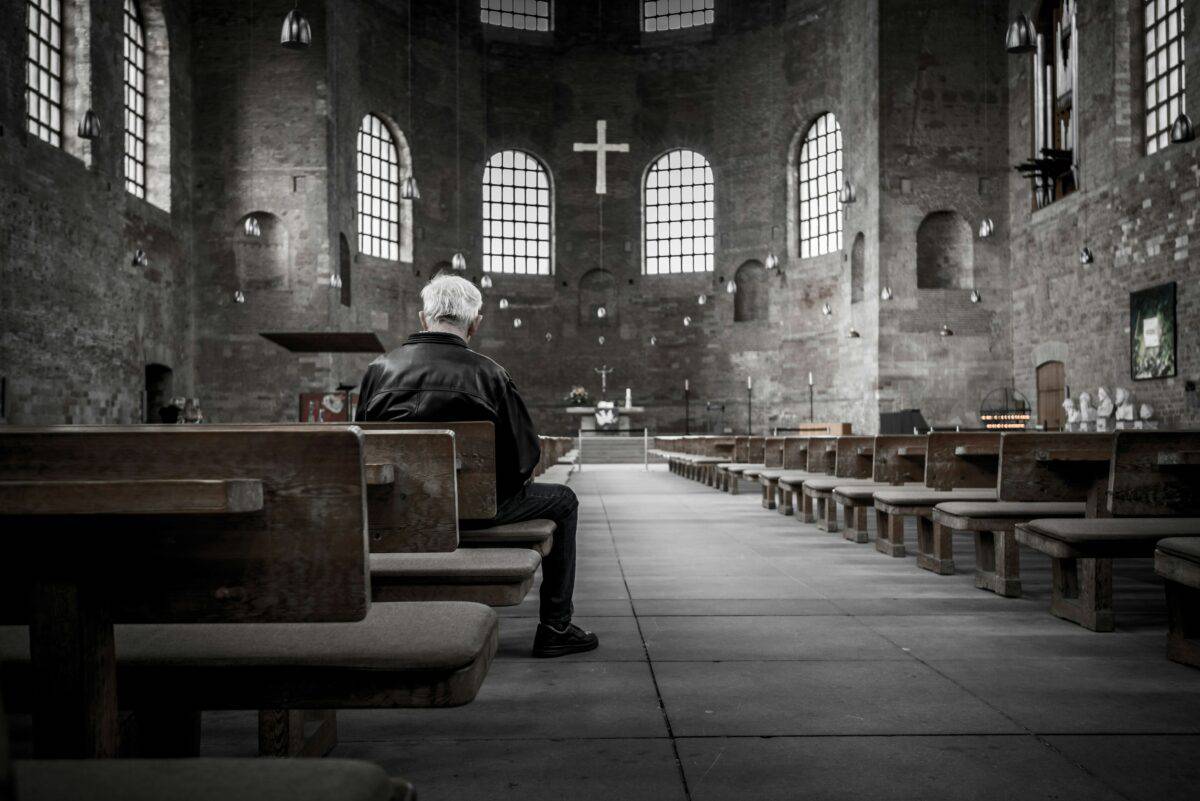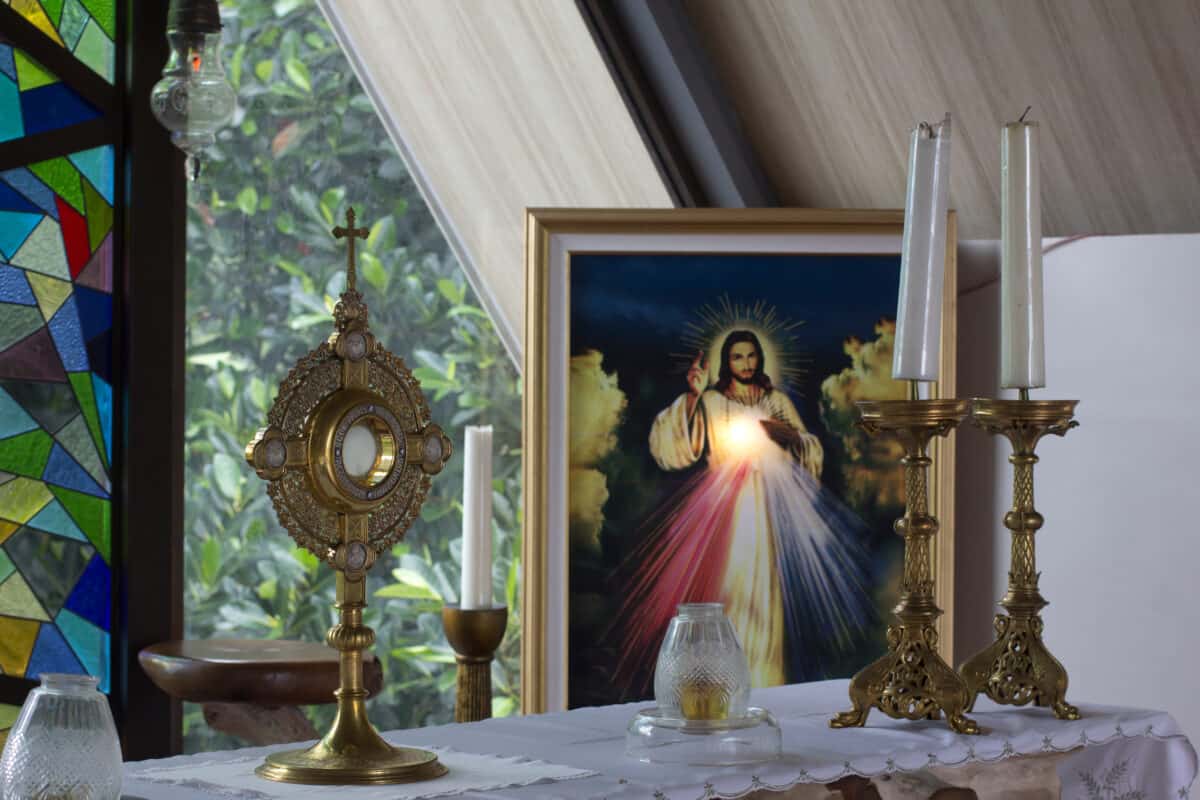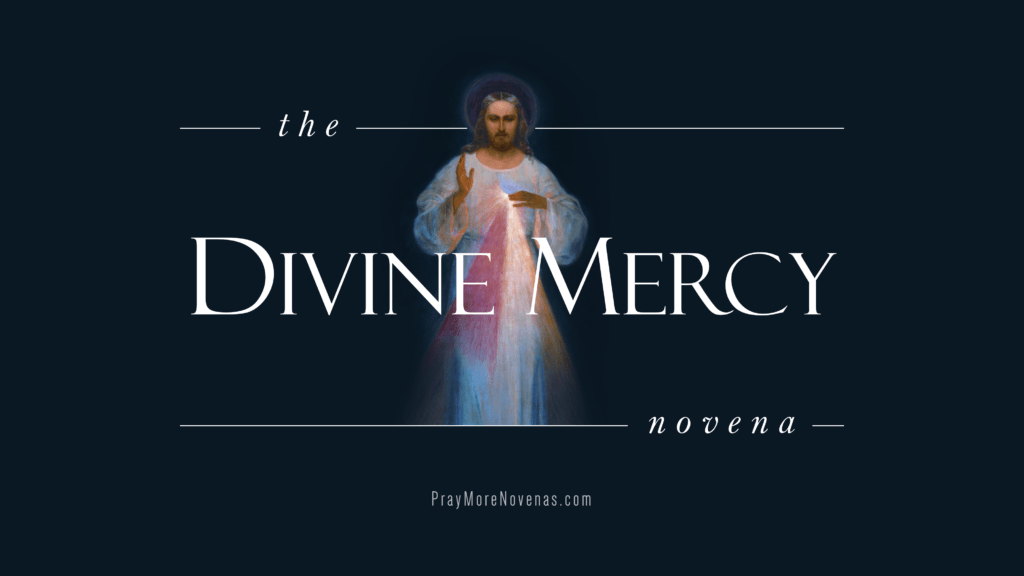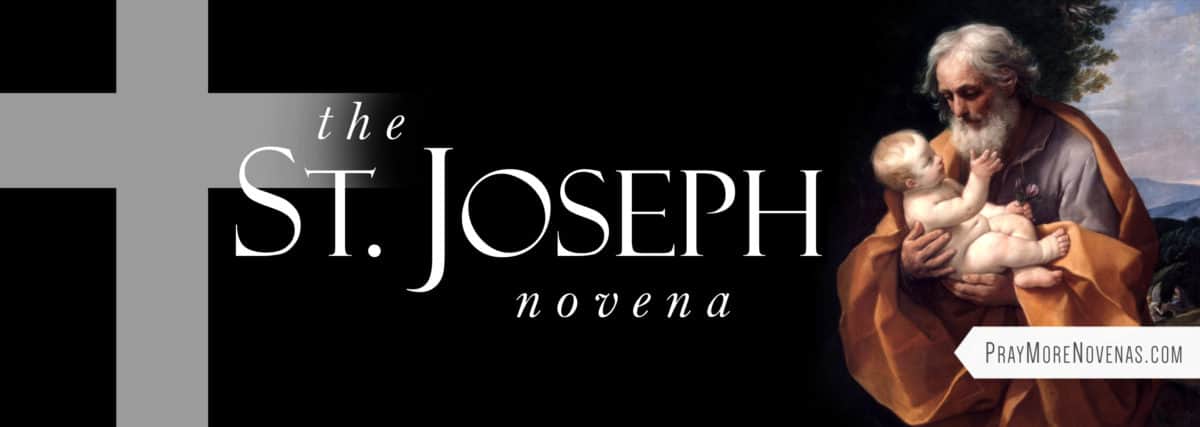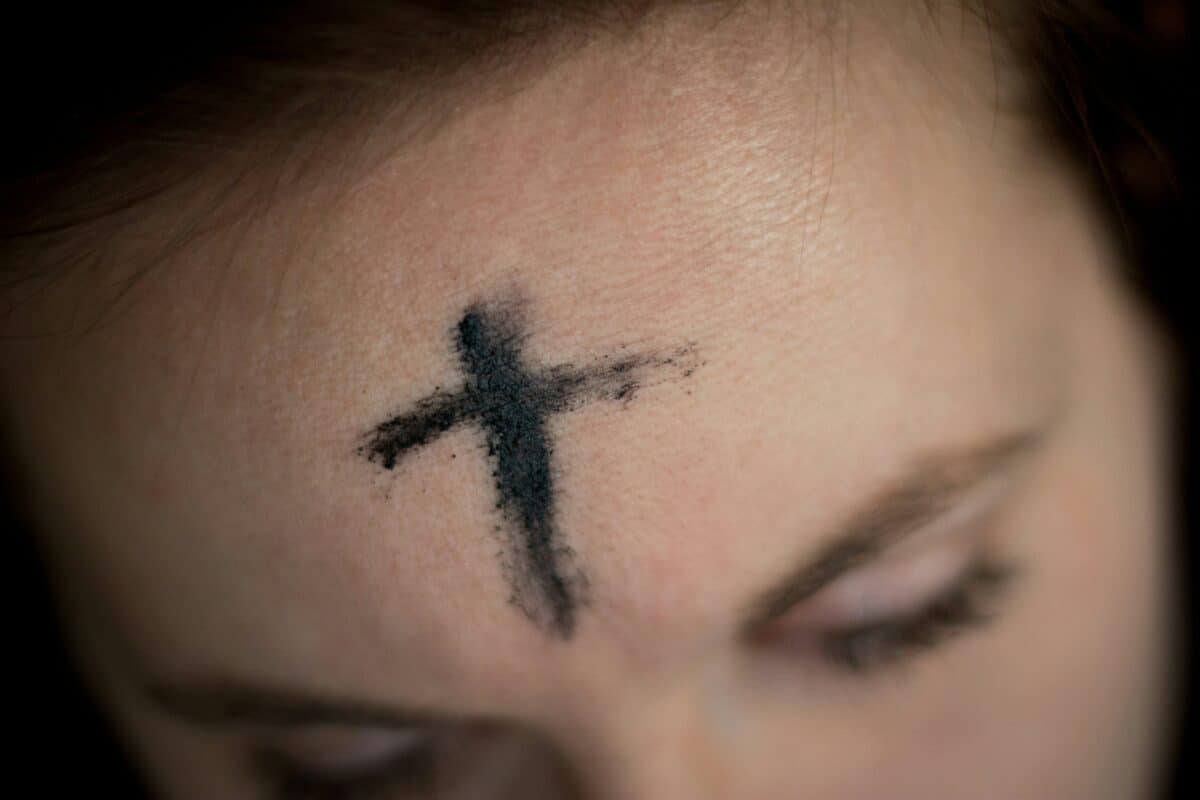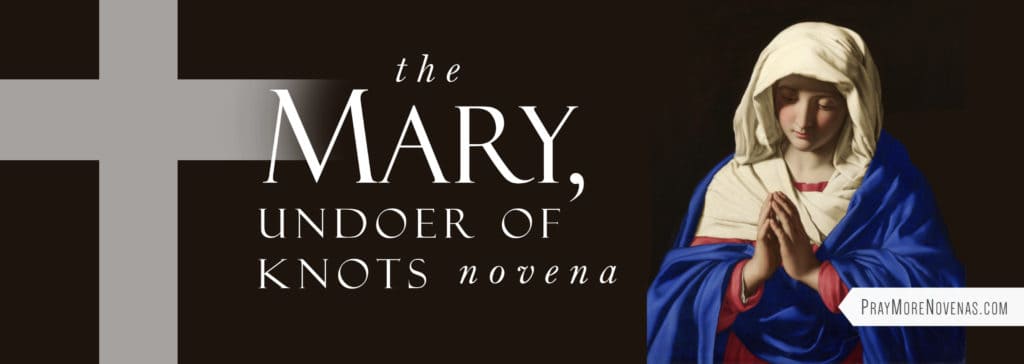
We hope that each novena we pray together is one more prayer that will bring you closer to Jesus and His comforting love. This next novena should do just that :)
The next novena is The Novena to Mary, Undoer of Knots!
Whenever we grow closer to Jesus’ mother, our mother, we grow closer to Jesus — because Mary always brings us to Jesus.
We will start praying on Saturday, April 27th. You can share your prayer intentions with us all below. We’re praying for you!

